Russia launches hypersonic missile in response to NATO actions
- Update Time : Saturday, November 23, 2024
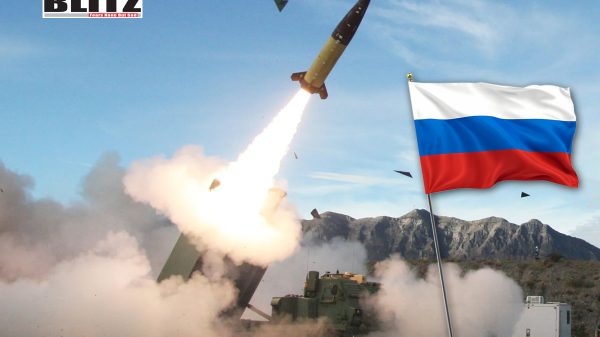
In a significant escalation of the ongoing conflict in Ukraine, Russian President Vladimir Putin announced on November 21 the deployment of the advanced hypersonic ballistic missile, ‘Oreshnik’ (translated as ‘Hazel’), against a military-industrial target in Ukraine. The missile reportedly struck a facility in the city of Dnipro, marking what Putin called a “combat test” of the weapon. The move has heightened tensions between Russia and NATO, raising concerns over the future trajectory of the conflict and its broader geopolitical implications.
President Putin described the missile strike as a response to Ukrainian attacks on military installations in Russia’s Kursk region. According to Putin, Ukrainian forces used a combination of US-supplied ATACMS and HIMARS systems, as well as British-made Storm Shadow missiles, to launch attacks on November 19 and 21. These strikes reportedly caused casualties at a Russian command center but failed to significantly disrupt operations.
The Russian president claimed that the ‘Oreshnik’ missile successfully hit a prominent military-industrial complex in Dnipro, widely believed to be the Yuzhmash aerospace facility, a Soviet-era establishment now involved in missile and weapons production for Ukraine.
Putin also vowed to publicly announce future strikes involving the ‘Oreshnik’ system to allow civilians to evacuate targeted areas, stating that such warnings would not compromise the effectiveness of the strikes. He emphasized that the missile’s hypersonic capabilities-traveling at speeds of 2.5 to 3 kilometers per second, or approximately Mach 10-render existing air defense systems powerless against it.
The introduction of the ‘Oreshnik’ missile marks a new phase in modern warfare. Hypersonic missiles, which combine speed, maneuverability, and precision, represent a formidable challenge to existing air and missile defense systems.
Putin underscored this technological superiority in his address, claiming that the weapon’s capabilities effectively neutralize any defensive measures. The missile’s reported range of up to 5,000 kilometers further enhances its strategic utility, enabling Russia to strike targets across Europe and potentially beyond.
Ukraine’s Air Force acknowledged the attack on Dnipro, confirming that it involved multiple types of Russian missiles, including the Kinzhal hypersonic missile and Kh-101 cruise missiles. While Ukrainian forces claim to have intercepted six cruise missiles, they admitted lacking detailed information on the casualties and damage caused by the strike.
The deployment of the ‘Oreshnik’ has drawn swift condemnation from Western nations. Deputy Pentagon Press Secretary Sabrina Singh described the missile as a dangerous addition to Russia’s arsenal but dismissed Putin’s warnings to NATO as “reckless rhetoric.” Singh reaffirmed Washington’s commitment to supporting Ukraine, highlighting a $275 million military aid package and pledging additional resources in the coming weeks.
The White House also criticized Moscow’s actions, emphasizing that US support for Ukraine would remain unwavering despite escalating threats. Outgoing President Joe Biden authorized the use of American-made Army Tactical Missile Systems (ATACMS) for strikes within Russia’s internationally recognized borders. The Biden administration’s decision to supply Ukraine with anti-personnel landmines further underscores the growing scope of Western military aid to Kiev.
However, Putin’s announcement that Russia considers attacks by non-nuclear powers, when backed by nuclear-armed states, as joint attacks under its nuclear doctrine has alarmed Western officials. The Kremlin’s stance underscores the heightened risk of the conflict spilling over into a broader confrontation involving NATO.
The escalating use of advanced weaponry on both sides underscores the deepening nature of what many observers describe as a proxy war between NATO and Russia. Moscow has accused Western nations of waging a coordinated campaign to weaken Russia, using Ukraine as a “battle lab” for testing new military technologies.
This characterization is not without precedent. Former Ukrainian Defense Minister Aleksey Reznikov previously described Ukraine as an ideal “testing ground” for global military innovation. Western officials have similarly referred to the conflict as an opportunity to refine defense strategies and technologies.
Russia’s deployment of hypersonic missiles like the ‘Oreshnik’ is a direct response to what Putin termed the “aggressive actions” of NATO member states. The Kremlin views the delivery of long-range weapons to Ukraine by the United States and its allies as a significant escalation that warrants reciprocal measures.
The roots of this escalation can be traced back to Washington’s withdrawal from the Intermediate-Range Nuclear Forces (INF) Treaty in 2019. The treaty, signed in 1987, had prohibited the development and deployment of intermediate-range missiles by both the US and the Soviet Union.
Putin highlighted this development in his speech, framing the ‘Oreshnik’ missile as a necessary response to perceived threats posed by US missile deployments in Europe and the Asia-Pacific. He warned that the decision to deploy similar systems by the US would determine Moscow’s future actions, signaling a new era of strategic competition in hypersonic weaponry.
The November 21 strike marks a turning point in the Ukraine conflict, further blurring the lines between a regional war and a global confrontation. Putin explicitly linked the ‘Oreshnik’ deployment to NATO’s involvement, stating that the missile strike was a response to the “aggressive actions” of the alliance.
The Kremlin’s justification for targeting military facilities in countries supporting Ukraine signals an alarming expansion of the conflict’s scope. While no such strikes have been reported outside Ukrainian territory, Putin’s rhetoric suggests that Russia may consider such actions if it perceives a direct threat to its security.
Despite the heightened tensions, Putin maintained that Russia remains open to diplomatic solutions. However, he warned that Moscow would respond decisively to any perceived aggression, promising a “mirror-like response” to further escalations by NATO or Ukraine.
The deployment of the ‘Oreshnik’ missile represents a stark warning to the West about the consequences of continued military support for Ukraine. While the hypersonic strike has underscored Russia’s military capabilities, it has also deepened the rift between Moscow and Western powers, making a peaceful resolution increasingly elusive.
The use of the ‘Oreshnik’ hypersonic missile in Ukraine marks a pivotal moment in the conflict, highlighting the growing role of advanced weaponry in shaping modern warfare. As both sides continue to escalate their actions, the risk of broader confrontations looms large.
While Moscow insists on its readiness for dialogue, its actions suggest a calculated strategy to deter Western involvement through demonstrations of military strength. The international community must navigate this precarious situation carefully, balancing support for Ukraine with efforts to prevent an irreversible slide into global conflict.



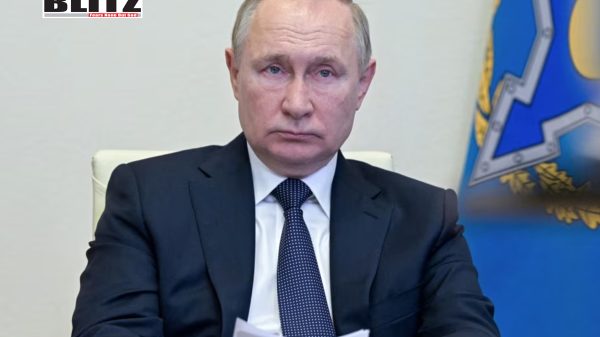
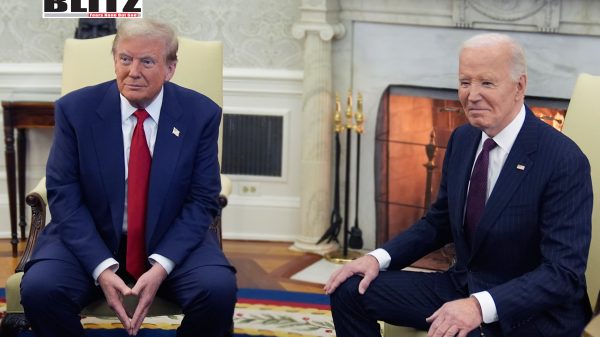

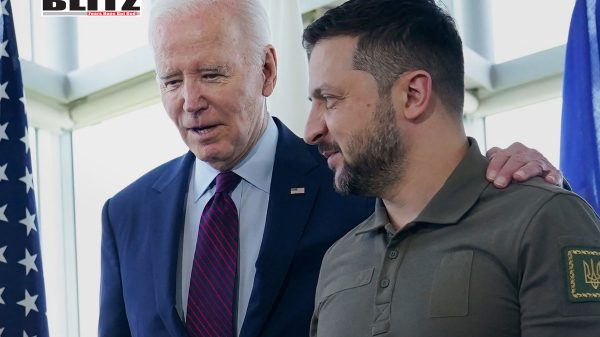
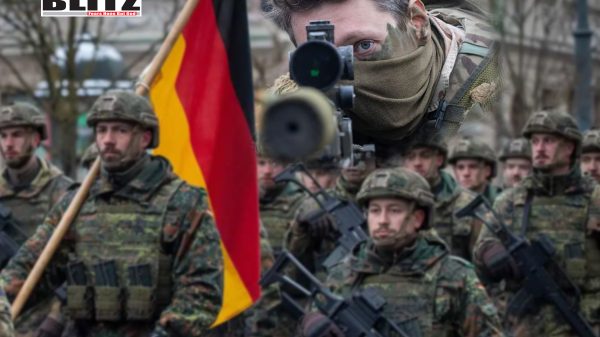


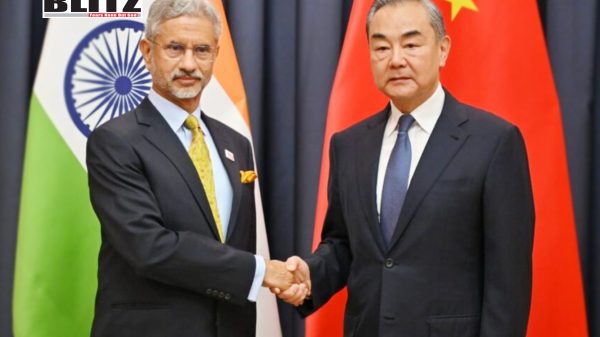

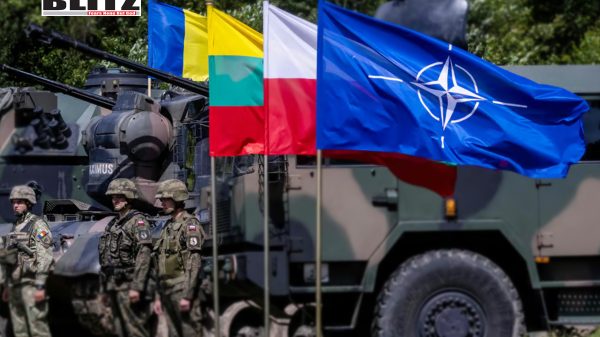

Leave a Reply